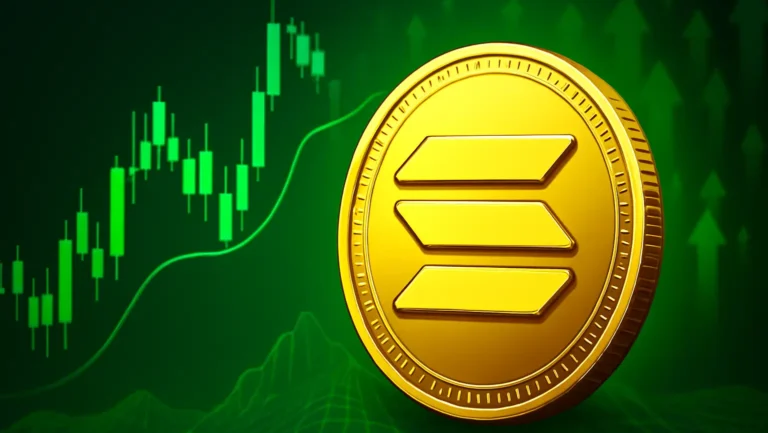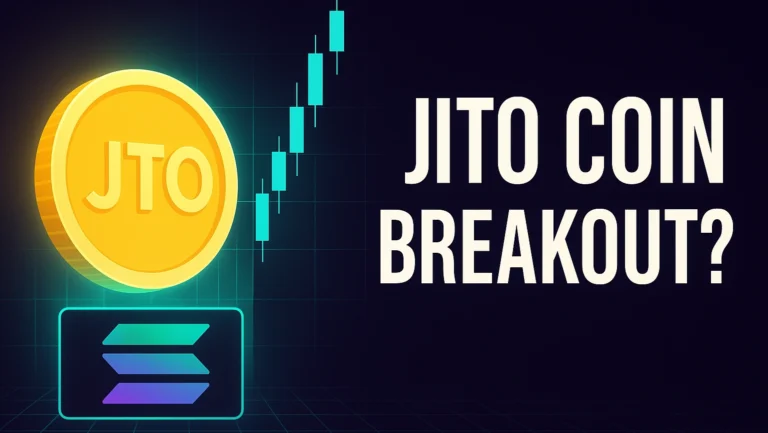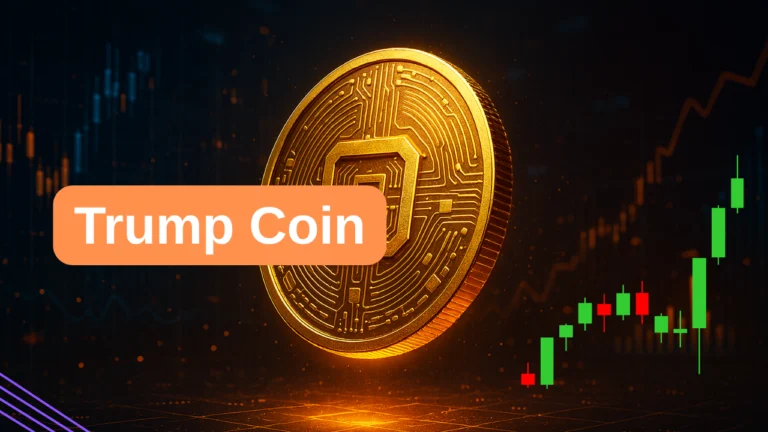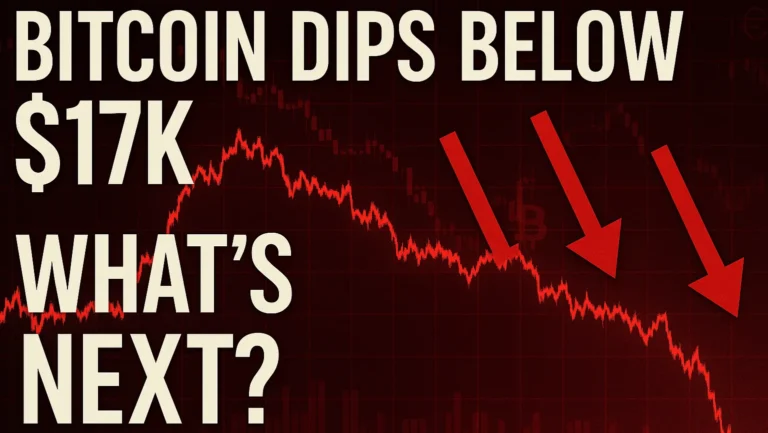How Ethereum Spot ETFs Are Transforming Trading Trends in 2025
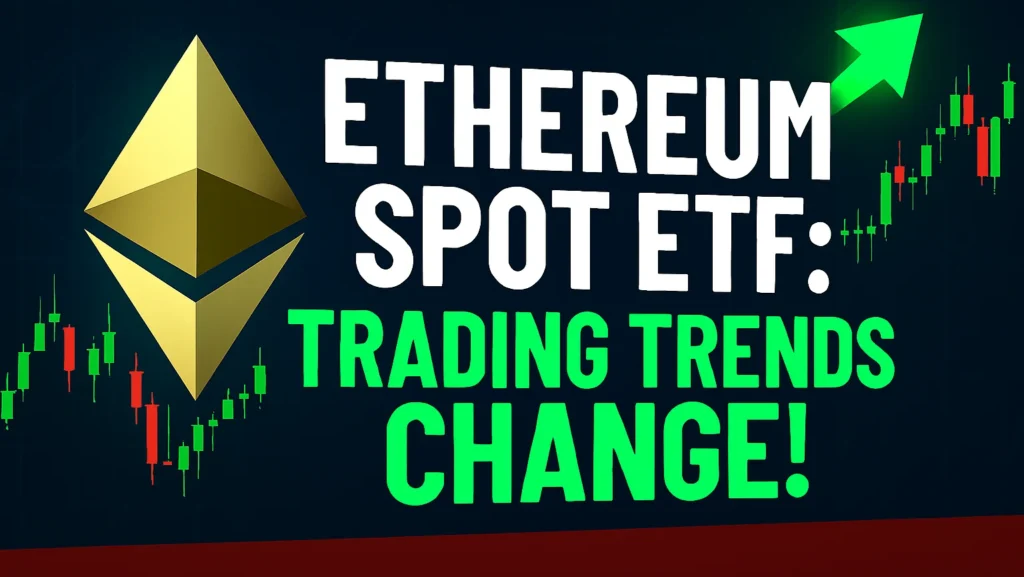
The introduction of Ethereum Spot ETFs in 2025 is creating a major shift in trading trends within the cryptocurrency market. Unlike Bitcoin ETFs that have faced some recent outflows, Ethereum’s spot ETFs are witnessing strong and consistent inflows, marking a new era for investor participation, especially institutional interest.
This transformation is influencing the broader crypto ecosystem and opening new possibilities for portfolio diversification, trading strategies, and market behavior.
What is an Ethereum Spot ETF?
An Ethereum Spot ETF (Exchange-Traded Fund) is a financial product that tracks the actual price of Ethereum (ETH) in the spot market.
Unlike futures-based ETFs, which derive value from contracts expiring in the future, spot ETFs hold the crypto asset itself or equivalent exposure, allowing investors direct price exposure without the complexities of owning and securing Ethereum directly.
Read: What Is Going On With Crypto Today
The Rise of Ethereum Spot ETFs and Its Impact on Trading Trends
Surge in Investor Confidence and Capital Inflows
Ethereum spot ETFs have seen a remarkable accumulation trend, with over $1.5 billion in net inflows recorded in recent weeks alone.
This influx represents a substantial portion (about 10.5%) of Ethereum’s assets under management in this ETF format. Leading funds like BlackRock’s iShares Ethereum Trust have accumulated more than 1.5 million ETH, showing growing institutional confidence in Ethereum’s long-term prospects.
This inflow trend contrasts with Bitcoin spot ETFs, which have recently experienced net outflows, signaling a shift in investor preference toward Ethereum as a resilient and diversified crypto asset.
Institutional Appetite and Market Legitimization
The SEC’s approval of Ethereum spot ETFs has provided a regulatory stamp of legitimacy, reducing perceived risks associated with direct crypto ownership.
This clearance allows large financial institutions- including hedge funds, asset managers, and pension funds- to invest in Ethereum within their compliance frameworks, opening the floodgates for institutional capital that was previously hesitant to enter the crypto market in a direct manner.
Furthermore, this regulatory acceptance makes Ethereum ETFs accessible via traditional brokerage accounts, eliminating the need for investors to navigate the challenges of crypto exchanges, such as wallet security and private key management.
Changing Market Dynamics and Price Sensitivity
The emergence of spot ETFs has also impacted the supply and demand dynamics of Ethereum on exchanges. With ETH increasingly locked in staking contracts and decentralized finance (DeFi) platforms, the circulating supply available for trade shrinks.
This scarcity combined with growing ETF demand tightens the market, making ETH prices more sensitive to inflows from these funds. As a result, ETH has shown robust price performance, rising over 40% in recent months, buoyed by record ETF inflows and optimistic market sentiment.
This dynamic differs from Bitcoin, whose larger supply and different staking ecosystem influence its price behavior relative to ETF activity.
New Trading Strategies Enabled
The presence of spot ETFs allows for innovative trading approaches. One example is basis trading, where investors exploit price differences between Ethereum spot ETFs and futures contracts to optimize returns or hedge risks.
This strategy leverages the price convergence mechanism between spot and futures markets and was less accessible before the launch of Ethereum spot ETFs.
Such market-neutral strategies help sophisticated investors manage volatility and generate steady profits, injecting more maturity and efficiency into ETH markets.
Broader Ethereum Ecosystem Benefits
Ethereum’s role extends beyond being a digital currency- it underpins many decentralized applications within decentralized finance (DeFi), non-fungible tokens (NFTs), and the emerging Web3 economy.
The launch of spot ETFs highlights the growing recognition of Ethereum’s broader utility and future potential, thus attracting investors who want diversified exposure to this evolving technological space.
Upgrades like Ethereum’s transition to Proof-of-Stake and scalability improvements add to its appeal, as these developments promise enhanced security, lower energy consumption, and scalable infrastructure.
Democratization of Crypto Access
Spot ETFs make Ethereum investment accessible to a much wider audience, including retail investors who might have been deterred by the technical barriers of owning ETH directly.
Since spot ETFs trade on regular stock exchanges, they simplify purchase, custody, and trading, similar to buying shares in any company. This accessibility can further drive market participation and liquidity over time.
Summarizing the Shift in Trading Trends
| Aspect | Before Ethereum Spot ETFs | After Ethereum Spot ETFs |
|---|---|---|
| Investor Type | More retail, cautious institutions | Growing institutional participation |
| Trading Access | Via crypto exchanges, wallets | Traditional stock market platforms |
| Price Dynamics | Driven by speculative crypto trading | Influenced by ETF inflows and staking scarcity |
| Trading Strategies | Mostly directional bets | Basis trades and hedging strategies |
| Market Perception | Emerging asset with regulatory uncertainty | Enhanced legitimacy and confidence |
| Ethereum Price Trend | Volatile with uncertain adoption | Sustained upward momentum and stability |
Important Notes and Cautions
While Ethereum spot ETFs are poised to transform market trends, it is essential to recognize that market dynamics remain subject to regulatory changes, technological developments, and broader macroeconomic factors.
The SEC’s ongoing policies and the evolving crypto regulatory landscape could influence future ETF flows.
Additionally, some crypto-savvy investors may prefer direct staking of ETH versus holding ETF shares, as staking rewards are currently excluded from ETF holdings due to regulatory restrictions. This divergence in investor preferences could create interesting bifurcations in demand and price sensitivity.
Conclusion
In conclusion, the launch and adoption of Ethereum spot ETFs in 2025 are significantly changing trading trends by attracting institutional capital, increasing legitimacy, improving market structures, and enabling new investment strategies.
These changes are making Ethereum a more accessible and mature investment option, reinforcing its role as a key player in the evolving cryptocurrency and blockchain ecosystem.
Disclaimer: Always do your own research. Crypto investing carries risk. This content is educational or news based, not financial advice.
Read: Why Did Bitcoin Drop Below $117K? Key Reasons Behind the Recent Market Move


